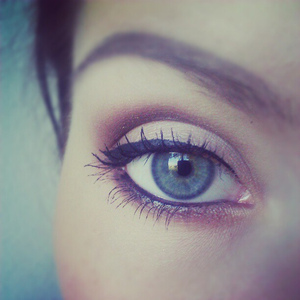The many different shapes and forms of yew that we grow around our homes are actually a cross, or hybrid, between two yews from opposite sides of the globe. The most beautiful of the two parents is the English yew, which is native throughout most of Europe and used widely in gardens there. The English yew, although quite attractive, is not hardy in much of the United States and is used mainly in milder coastal and Southwestern areas of the U.S.
The hardiness that makes yews useful in Missouri is derived from the Japanese yew. The cross between these two has sometimes been called the intermediate of Anglojap yew, which is listed botanically as Taxus x media. From this cross, popular varieties such as Browns, Densiformis, Hicks, Halloran, Kelsey and many others have been selected. The sexes of yew flowers are separate, and therefore some plants produce only the female flowers with abundant red berries in the fall. The male plants, do not produce any fruits.
Yews have become popular not only because they have attractive dark green evergreen foliage, but because they are not attacked by the bag worm, a frequent pest of junipers. In our area, the yew has practically no insect pests. Although scale of mealy bugs may attack them, these pests are seldom found. One of the main enemies of yew is “wet feet”-too much water in the soil around the roots of the plant. In wet years this problem becomes particularly evident. Yews should be located where they let good drainage and away torn downspouts or areas where water may stand.
When new plants are placed in the landscape, they should be kept moist during drought periods. However, care to avoid overwatering should be taken. They should never be planted deeper than they have been growing, and if drainage is marginal, they should be planted in a raised bed or mound. Yews that suffer from “wet feet” may first develop poor color: a light rather than deep green. New growth is poor, and instead of vigorous shoots, growth may be short. If conditions persist or are severe, tips die and needles inside the plant and some branches start to brown.
Continued poor conditions mean eventual death of the plant, or if the plant lives through the fall, it may be so weak that it will be killed by the winter weather. Although yews are not subject to disease, under extremely wet condition, root rot diseases often get started and may weaken or kill a plant. Dead tips are sometimes found on yews even in good growing condition. These often occur when plants are pruned in late summer.
The new growth produced in fall is not adequately hardened when winter arrives and therefore is winterkilled. Yews should best be pruned in late winter, spring or early summer. General yellowing of an entire plant may mean the toll is too acid. Although yews tolerate acid soil, they do best with an acidity between pH 6 and 6.5. Extremely acid soil may induce overall poor color, and a soil test to determine acidity may be necessary before lime is applied.
http://en.wikipedia.org/wiki/Yew


